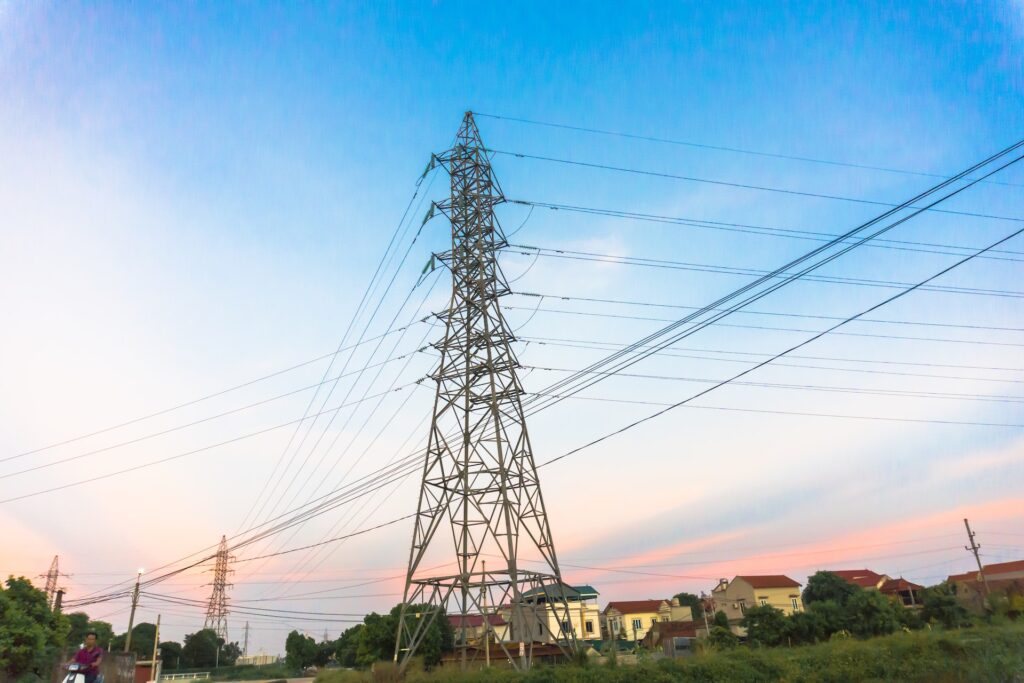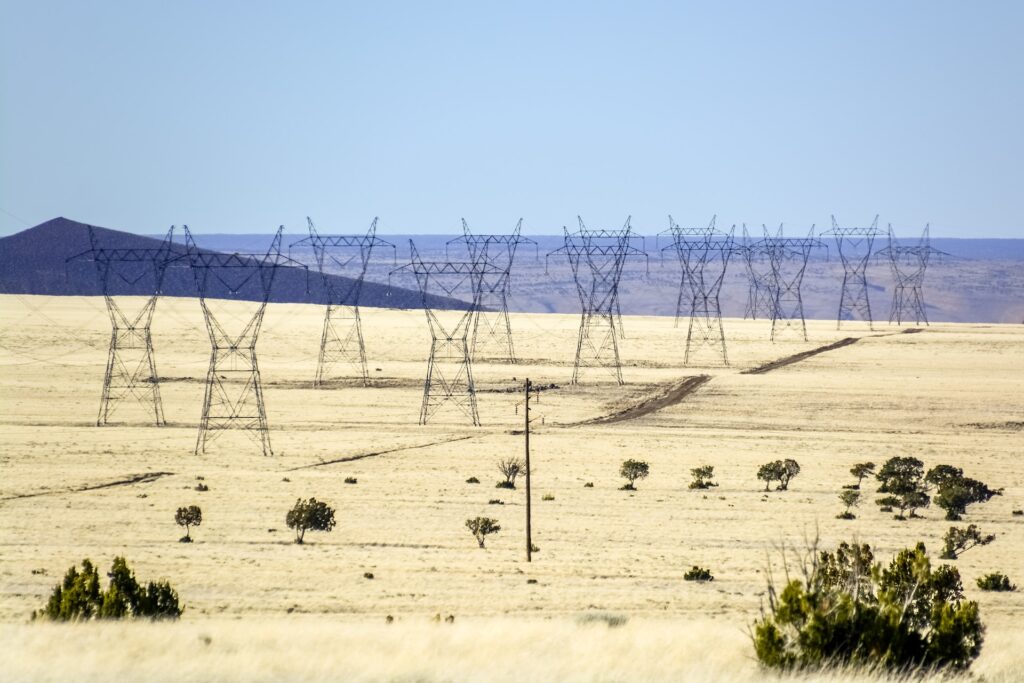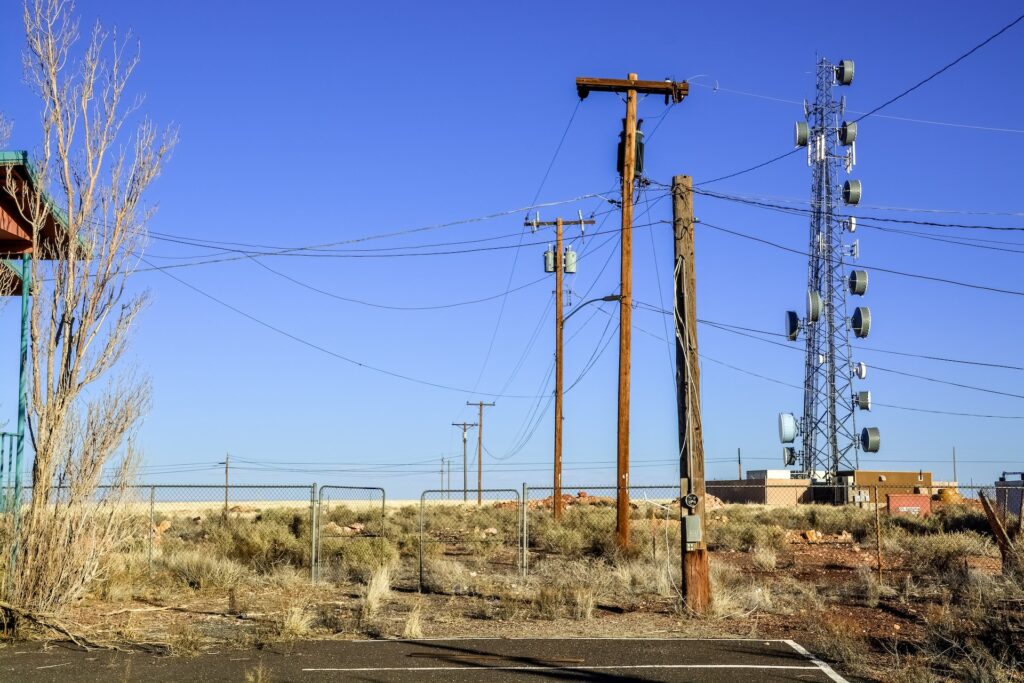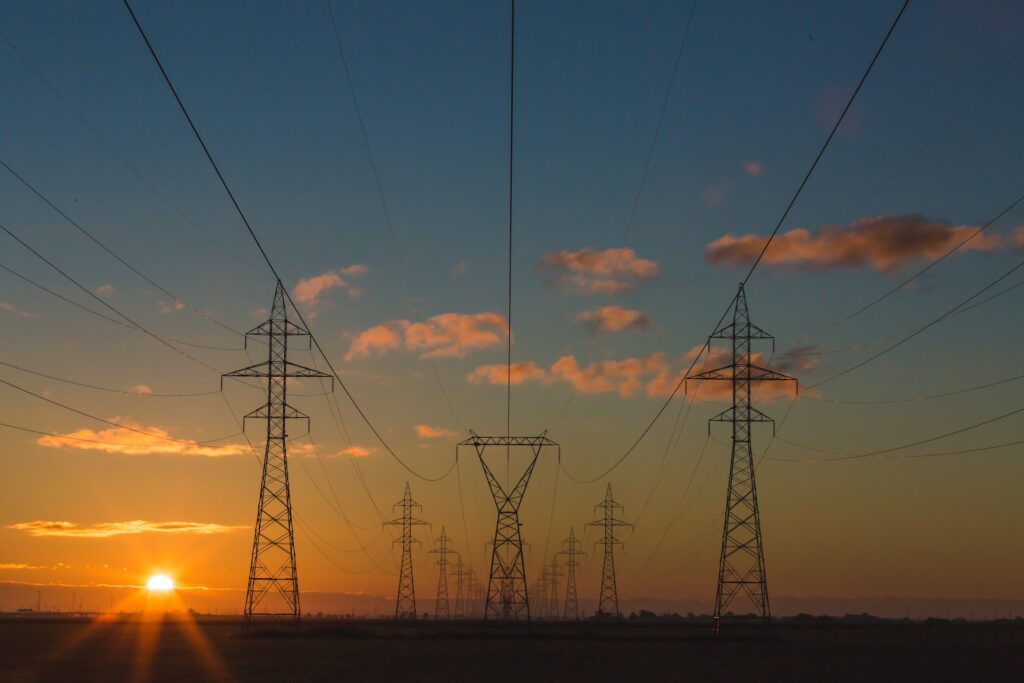In physics and electrical engineering fields, we talk about the electrical conductor, good insulator. But what is exactly a good conductor? The definition of it, the different types of it, you can get what you want in the below paragraph! Except the basic information on conductor, there will be brief introduction on conductor hardware used on power transmission line.
Table of Contents
- The definition of conductor?
- The materials of conductors?
- Types of copper for electrical conductors.
- Parts that make up electrical conductors
- The core of conductive element
- The different categories of electrical cables
- Conductors for control and instrumentation:
- Classification of electrical conductors according to their conditions of use.
- Installation of electrical cables
- Inspection of the electrical installation
The definition of conductor?

This concept is applied to bodies capable of conducting or transmitting electricity. An electrical conductor is first formed by the conductor itself, usually copper. This can be wire, that is, a single strand, or a cable made up of several strands or wires twisted together.
The materials of conductors?
The most used materials in the manufacture of electrical conductors are copper and aluminum.
Although both metals have excellent electrical conductivity, copper is the main element in the manufacture of conductors due to its remarkable mechanical and electrical advantages.
The use of one material or another as a conductor will depend on its electrical characteristics (capacity to transport electricity), mechanical characteristics (wear resistance, malleability), the specific use to be given and the cost.
These characteristics lead to prefer copper in the production of electrical conductors.
The type of copper used in the manufacture of conductors is high purity electrolytic copper, 99.99%.
Depending on the use to which it is to be put, this type of copper comes in the following degrees of hardness or temper: hard, semi-hard and soft or annealed.
Types of copper for electrical conductors.

Hard tempered copper:
- Conductivity of 97% compared to that of pure copper.
- Resistivity of 0.018 ( ) at 20 ºC of temperature.
- Load breaking capacity, ranges from 37 to 45 kg/mm2
For this reason, it is used in the manufacture of bare conductors, for overhead power lines, where good mechanical resistance is required.
Annealed or soft-tempered copper:
- Conductivity of 100%
- Resistivity of 0.01724 = 1 ( ) with respect to pure copper, taken as the standard.
- Average breaking load of 25 kg/mm2
As it is ductile and flexible, it is used in the manufacture of insulated conductors.
The conductor is identified in terms of its size by a caliber, which can be millimetric and expressed in mm2.
Parts that make up electrical conductors
There are three very different parts:
- The core or conductive element.
- Insulation.
- Protective covers.
The core of conductive element
It is made of copper and its objective is to serve as a path for electrical energy from the generating plants to the distribution centers (substations, networks and junctions), to feed the different consumption centers (industrial, residential groups , etc.). The classification of electrical conductors depends on how this soul is constituted. So we have:
According to its constitution
Wire: Electrical conductor whose conductive core is formed by a single element or conductive thread.
It is used in overhead lines, as a bare or insulated conductor, in outdoor electrical installations, in ducts or directly on insulators.
Cable: Electrical conductor whose conductive core is made up of a series of conductive threads or low-section wires, which gives it great flexibility.
Depending on the number of drivers
Monoconductor: Electrical conductor with a single conductive core, with insulation and with or without a protective cover.
Multiconductor: Conductor of two or more conductive cores isolated from each other, each one wrapped by its respective layer of insulation and with one or more common protective covers.
Insulation
The purpose of insulation in a conductor is to prevent the electrical energy that circulates through it from coming into contact with people or objects, whether these are ducts, devices or other elements that are part of an installation. Similarly, the insulation must prevent conductors of different voltages from making contact with each other.
The insulating materials used since its inception have been polymeric substances, which in chemistry are defined as a material or chemical body formed by the union of many identical molecules, to form a new thicker molecule.
Formerly the insulators were of natural origin, gutta-percha and paper. Later, technology changed them for current artificial insulators commonly used in the manufacture of electrical conductors.
The different types of conductor insulation are given by their technical and mechanical behavior, considering the environment and the channeling conditions to which the conductors they protect will be subjected, resistance to chemical agents, sunlight, humidity, high temperatures, flames, etc. Among the materials used for the insulation of conductors we can mention PVC or polyvinyl chloride, polyethylene or PE, rubber, rubber, neoprene and nylon.
If the design of the conductor does not refer to another type of protection, it is called integral insulation, because the insulation fulfills its function and that of coating at the same time.
When conductors have another polymeric protection over the insulation, the latter is called a cladding, jacket, or cover.
Protective covers
The fundamental objective of this part of a conductor is to protect the integrity of the insulation and the conductive core against mechanical damage, such as scratches, knocks, etc.
If the mechanical protections are made of steel, brass or other resistant material, this is called “armour” The “armour” can be made of tape, wire or braided wires.
The conductors can also be provided with an electrical type protection made up of aluminum or copper tapes. In the event that the protection, instead of tape, is made up of copper wires, it is called “screen” or “shielding”.
Classification of electrical conductors according to their insulation or number of strands
The most important part of an electrical power system is made up of conductors.
When projecting a system, be it of power; of control or information, certain essential parameters must be respected for the specification of the wiring.
- System voltage, type (DC or AC), phases and neutral, power system, central grounding point.
- Current or power to supply.
- Service temperature, ambient temperature and surrounding thermal resistivity.
- Type of installation, dimensions (depth, radii of curvature, distance between openings, etc.).
- Overloads or intermittent loads.
The different categories of electrical cables

Taking into account their type, use, environment and consumption that they will serve, electrical conductors are classified as follows:
Conductors for distribution and power:
- Wires and cables (Number of strands: 7 to 61).
- Service voltages: 0.6 to 35 kV (MT) and 46 to 65 kV (AT).
- Use: power and lighting installations (aerial, underground and interior).
- Fixed laying.
Armored cables:
- Cable (Number of strands: 7 to 37).
- Service voltage: 600 to 35,000 volts.
- Use: Installations in underground mines for shafts and galleries (ducts, trays, aerial and underground)
- Fixed laying
Armored cable
Conductors for control and instrumentation:
- Cable (Number of strands: 2 to 27).
- Service voltage: 600 volts.
- Use: Operation and interconnection in oven areas and high temperatures.(ducts, trays, aerial or directly underground).
- Fixed laying.
- Cords:
- Cables (Number of strands: 26 to 104).
- Service voltage: 300 volts.
- Use: For light duty, power to: radios, lamps, vacuum cleaners, juicers, etc. Power supply to industrial electrical machines and equipment, household appliances and heaters (washing machines, floor polishers, refrigerators, stoves, irons, stoves and ovens, etc.).
- Portable laying.
Portable cables:
- Cables (No. of strands: 266 to 2107).
- Service voltage: 1000 to 5000 volts
- Use: in electric welders, locomotives and underground mine traction machines. Cranes, shovels and drilling machines for mining use.
- Resistant to: weather, chemical agents, flames and great mechanical stresses such as drag, cuts and impacts.
- Portable laying.
Submarine cables:
- Cables (Number of strands: 7 to 37).
- Service voltage: 5 and 15 kV.
- Use: in underwater or totally submerged areas, with mechanical protection that makes them resistant to currents and sea beds.
- Fixed laying.
Naval cables:
- Cables (Number of strands: 3 to 37). • Service voltage: 750 volts. • Use: designed to be installed on ships in power, distribution and lighting circuits.
- Fixed laying.
Within the range of wires and cables that are manufactured in the country, there are other types, intended for different industrial uses, such as telephone cables, enameled magnetic wires for use in the electronics industry and in the winding of items and traction motors. , cables for automotive connections to batteries and starter motors, speaker cables and bell wire.
Classification of electrical conductors according to their conditions of use.
For high and low voltage power lines, there are various types of bare and insulated copper conductors in our country, designed to meet different conduction needs and the characteristics of the environment in which the installation will provide its services.
The selection of a conductor will be made considering that it must ensure a sufficient current-carrying capacity, an adequate capacity to withstand short-circuit currents, an adequate mechanical resistance and a behavior appropriate to the environmental conditions in which it will operate.
Bare copper conductors
These are wires or cables and are used for:
- Aerial lines of urban and suburban networks.
- Outdoor high-voltage overhead lines.
- Overhead contact lines for railways and trolley-buses.
Insulated copper wires and cables.
These are used in:
- Distribution and power overhead lines, joints, etc.
- Interior power and lighting installations, located in environments of different nature and with different types of channeling.
- Aerial lines in mining operations (blasting, cranes, drills, etc.).
- Laid directly underground, trays or ducts.
- Underground mines for shafts and galleries.
- Control and command of electrical circuits (substations, industrial, etc.).
- Power lines in areas of ovens and high temperatures.
- Power lines under water (submarine cable) and on ships (naval conductors).
- Others that require security conditions.
Installation of electrical cables
The quality control of an electrical installation is called electrical supervision. Electrical supervision is a process that must be present in all phases of the execution of an electrical work and, especially, when it has been completed and is delivered for service.
Electrical supervision is a constant evaluation of the quality and safety of the work performed.
The safety of the users of these facilities and their property is the product of a job carried out with suitability and professional ethics.
Considering that many stages of an installation will only be known by those who execute it, it is of vital importance that the technical work is well carried out.
Every electrical installation, before being put into service by the user, must be inspected and subjected to various tests or trials, in order to verify that it has been properly carried out and complies with the studies and specifications inherent to the project. The same is required for extensions and modifications to existing facilities.
Inspection of the electrical installation
The Technicians in charge of supervising the electrical installations, when these have been completed, must have all the documentation related to the electrical work available for their work, that is:
- Definitive plans of the installations.
- Diagrams and electrical diagrams.
- Tables, characteristics and technical specifications of the components of the installation.
- Calculation memory for the project.
- Inspection elements (scales, tools and instruments to develop the final measurements, such as: megger, tester, etc.).
During the inspection and testing of the facilities, all precautions must be taken to ensure the safety of the persons in charge of supervision, as well as those that prevent damage to the equipment and property.
Visual
inspection The inspection of the installations, if it is visual, precedes the final tests and is carried out through the physical inspection of the installation, that is, going through it from the junction point to the last element of each circuit of the installation.
The visual inspection provides a global idea of the installation and the technical conditions of the execution, reviewing the following aspects:
Inspection elements
Splice:
Verify that the conductors, boards, boxes and grounding specified in the electric plane. At this point, the position of the boards must also be verified, that the wiring is orderly, the absence of dirt and burrs in the ducts, etc.
Protection boards:
Check the technical conditions of:
- Box structure: paint, finish and size.
- Location: mounting height, fixing and presentation.
- Components: protections, wiring, bars, arrival and departure of ducts, nozzles, nuts, etc.
Circuits:
When reviewing them, the following should be verified:
- The dimensioning of lines: review the conductor section.
- The pipelines: their diameters and arrivals at boxes.
- The junction boxes: inspect the continuity of the lines, the mechanical condition of the conductors, the union and insulation of the connections, the free space, the color code, the mechanical condition of the ducts and couplings, the absence of burrs and Cleaning.
- The switch boxes and plugs: the length of the cables, the mechanical state of the connection to the element, the arrival of the ducts and the quality of the devices.
- The grounding: when inspecting the grounding, it is necessary to check the section of the conductors, the color code, the quality of the connections to the grounding, the arrival at the panel, and the connection to the grounding bars. service and protective earth located on the board.
In short, the visual inspection and analysis of the documentation provided has the objective of verifying whether the components or permanently connected elements meet the following conditions:
- The safety requirements standardized by legal regulations.
- Materials correctly selected and installed in accordance with the provisions of the corresponding Standards.
- Materials and equipment installed in good structural condition, that is, not visibly damaged, so that they can function without lack of the necessary safety;
- Protection measures against electric shocks by direct and indirect contact;
- Properly sized conductors and with their corresponding overload protection devices;
- Conductors with their corresponding sectioning and command devices;
- Accessible for the operation and maintenance of its facilities and elements.
Protection board
Visual inspection
Circuit review Installation
measurements and tests
In this stage of supervision, instruments are used to verify, among other details, the state of the insulation and grounding, factors of great importance for the safety of the users of the electrical installation.
The Standards prescribe the indicated tests to be followed and recommend the way to proceed in their application.
Within the tests and measurements, it is recommended to consider the following:
- Continuity of the service and protection earth conductors and of the equipotential bonding.
- Electrical separation of the circuits.
- Installation insulation resistance.
- Resistance of floors.
- Measurement of the resistance of the protective earth electrodes.
- Verification of the characteristics of the protection devices against indirect and direct contacts.
- Verification of the characteristics of the devices against short circuits and overloads.
- Verification of polarities.
- Tension tests.
- Performance tests.
The tests or tests mentioned above, in addition to ensuring the proper functioning of an electrical system or circuit, are intended to protect the operator, preventing him from running the risk of being subjected to dangerous voltages by direct or indirect contact.
For this reason, it is essential that the standards and prescriptions established in this regard are complied with.
